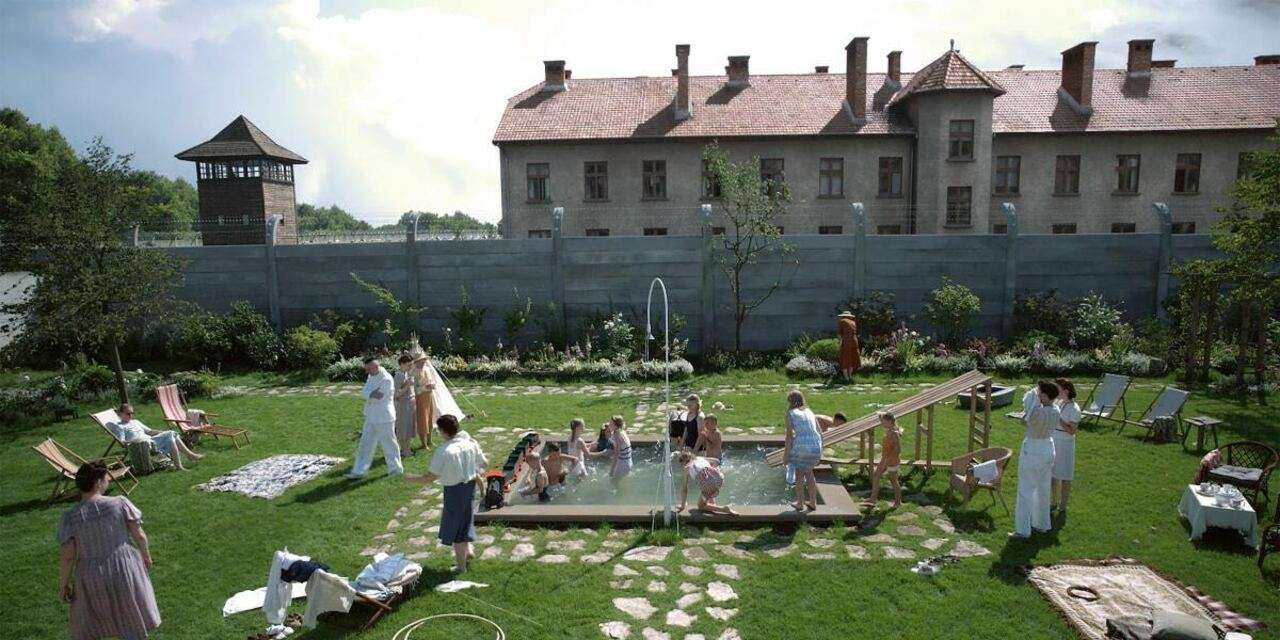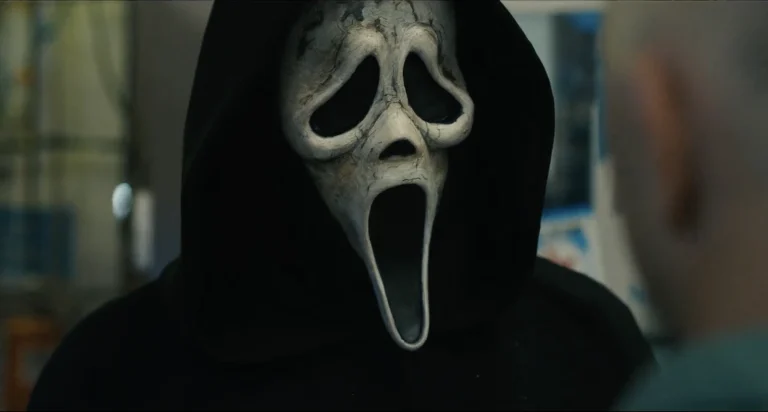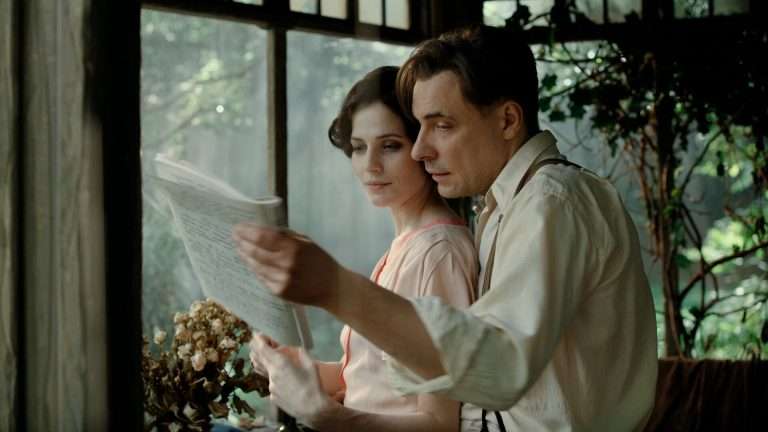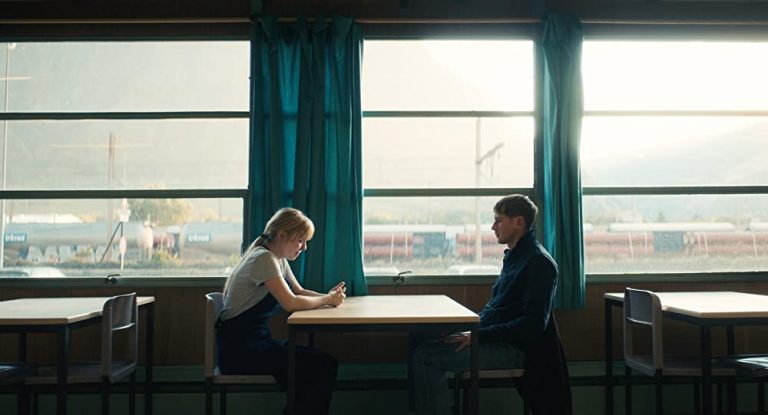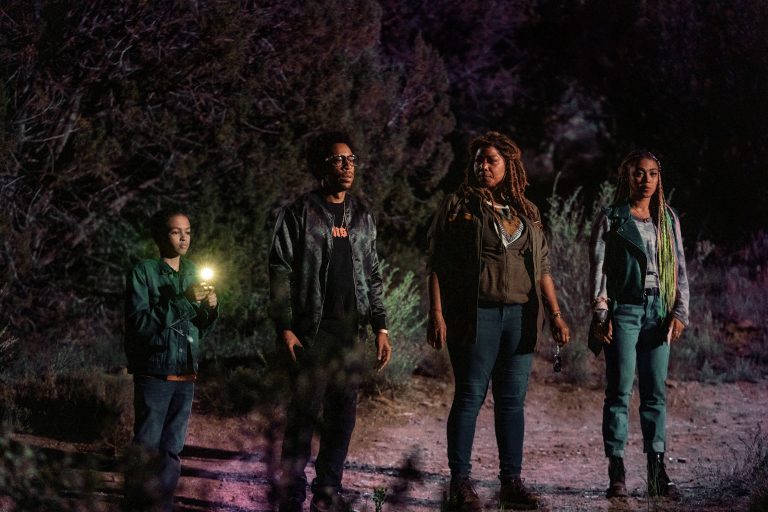Loosely based on the book of the same name by Martin Amis, the film “The Zone of Interest” stars Sandra Hüller and Christian Friedel. It follows German Nazi commandant Rudolf Höss and his wife Hedwig as they strive to build a dream life for their family in a new home right next to the Auschwitz concentration camp. The film is devoid of any sentimentality or melodrama, and the events are shown from a detached viewpoint. Even though one never gets to see the insides of the Auschwitz camps, the screams and cries pierce through the Höss household, making the audience well aware of the horrors that unfolded inside. From unique storytelling to an impeccable sound design, there was undoubtedly a lot of work and thought put into this film. So, to delve deeper into the film’s creation, here are ten “Zone of Interest” facts you probably didn’t know about this year’s Oscar nominee.
1. The film was more than a decade in the making
After Jonathan Glazer finished his 2013 film “Under the Skin,” he became intrigued with the then-unpublished novel “The Zone of Interest” by Martin Amis. He then visited Auschwitz several times and also visited the actual Höss residence, which greatly affected him. After extensive research, Glazer finally confirmed the film’s development in 2019, with A24 and Film4 on board with the project.
2. The actors did not have any idea when they were shot
To capture the discomforting and uneasy tone that the film would later develop, the production team decided to forgo a traditional set experience for the scenes set in the Höss household, instead planting cameras across every inch of the house to monitor the actors’ every move. At the same time, Jonathan Glazer and the crew members watched from inside a nearby trailer. There was no visible crew to capture many scenes, so the actors didn’t know if they were being shot in a close-up or wide shot and, therefore, completely immersed themselves in the scenes.
3. The source novel had different characters as leads
Though director Jonathan Glazer chose to portray Rudolf Höss and his wife Hedwig in the film, the source novel had a fictionalized version of the Höss couple, named Paul and Hannah Doll. Glazer chose to show the real Höss couple rather than showing a fictionalized version of them to bring more realism to the film.
4. The film initially had a much longer score
Mica Levi, a frequent collaborator of Jonathan Glazer, revealed in an interview that she recorded a much longer score for the film. However, Jonathan Glazer decided to do without music for most of the movie and instead relied on the sound design to depict the off-screen horrors occurring in Auschwitz.
5. The director had several attempts to convince Sandra Hüller to take the role
Sandra Hüller, who plays Hedwig Höss in the film, previously vowed never to play a Nazi as she believed actors tend to make the Nazis glamorous when they act in their roles. Director Jonathan Glazer made several attempts to convince Hüller of the role, promising her that it would be pretty unglamorous. Sandra Hüller decided to take on the role, even though it was quite challenging for her.
6. The family dog in the film is an actual pet dog
The family dog seen in the movie is the pet dog of lead actress Sandra Hüller, who brought her on the set when the production crew could not find a suitable dog for the shoot.
7. The Polish girl in the film is based on a real person
During his research for the film, director Jonathan Glazer met Alexandria, a Polish girl who left apples for prisoners at Auschwitz. She was 90 at the time she met Glazer and died shortly afterward. The bike seen in the film and the dress worn by the actress who plays the Polish girl both belonged to her.
8. The author of the novel died on the day of the premiere
Martin Amis, whose novel the film is loosely adapted from, died of oesophageal cancer at the age of 73 on the day of the film’s Cannes Film Festival premiere, 19th May 2023.
9. The raw footage of the film was pretty long
Due to the unconventional shooting style and the multi-camera setup that rolled on without a visible crew, the initial footage of the film went for 800 hours, according to director Jonathan Glazer, which was then trimmed down to 1 hour and 46 minutes runtime.
10. One place in the film was actually shot in the Höss household
During research and recce, Jonathan Glazer visited the actual Höss household and was deeply affected by the sight of it. He wanted to shoot the film in the actual Höss residence, but the residence was in pretty bad shape, and since the Auschwitz camp was a UNESCO World Heritage site, no construction could be made near it. So, the production team found a house close to the camp and built a set according to their requirements. But the scene in the cellar takes place in the actual cellar of the Höss residence.

